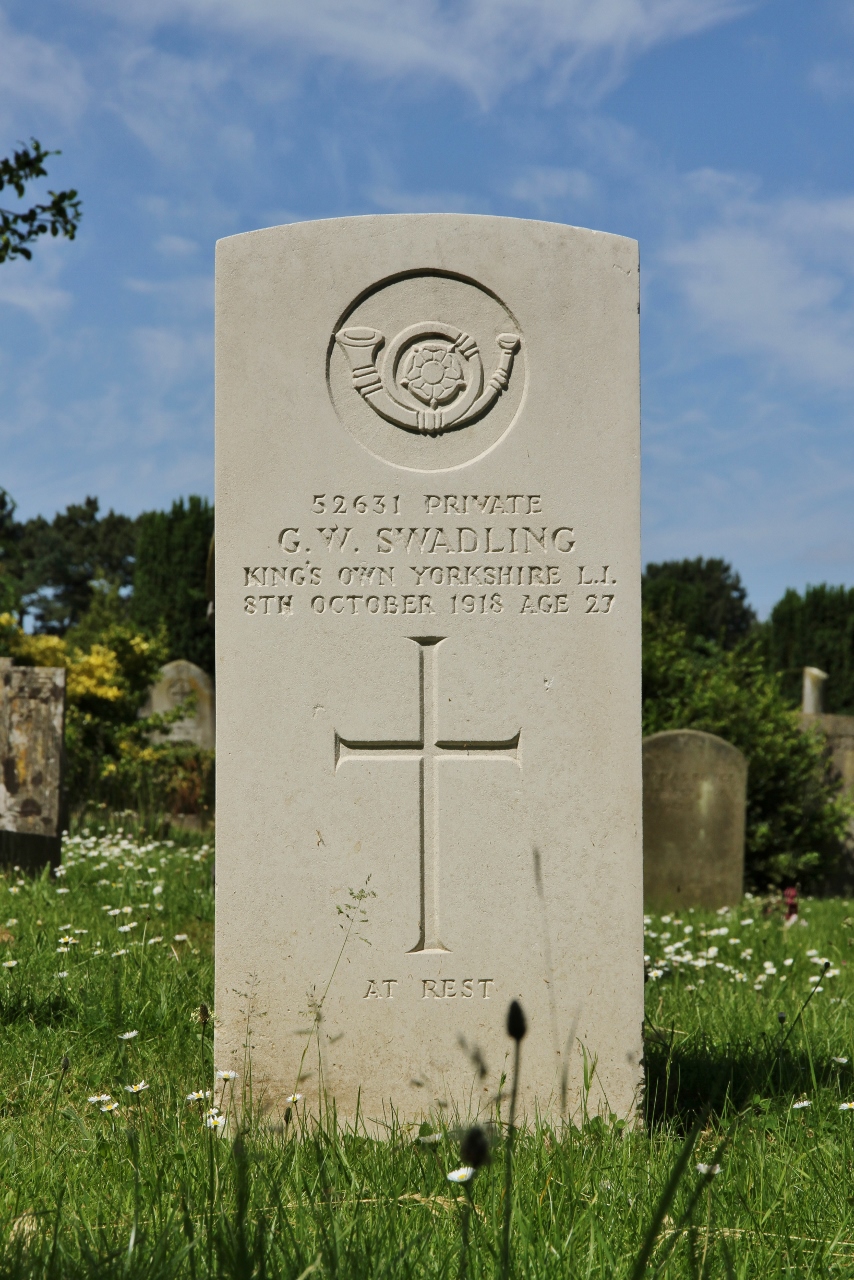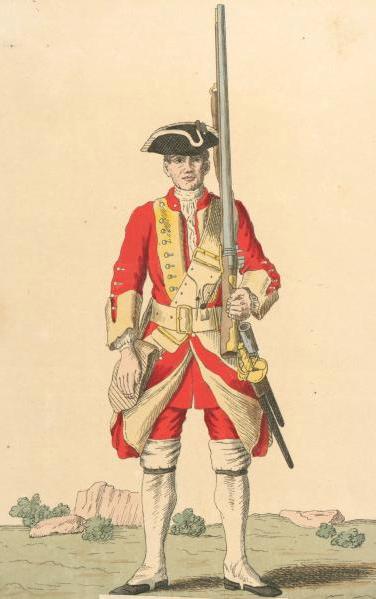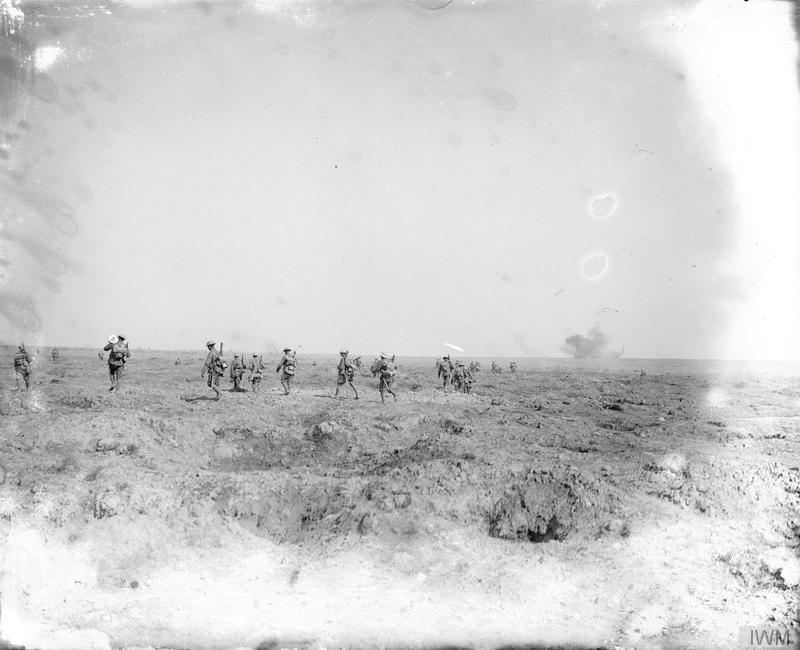|
28th Division (United Kingdom)
The 28th Division was an infantry Division (military), division of the British Army raised for service in World War I. History Formed in England in December 1914 - January 1915 from regular army battalions returning from India, Singapore and Egypt. In January 1915 the division moved to France and on to the Western Front (World War I), Western Front. The division took part in the Second Battle of Ypres, where they suffered massive casualties, and in the Battle of Loos. In October 1915 the 28th Division embarked from Marseilles for Egypt and in November 1915 travelled on to British Salonika Force, Salonika where the division would remain for the rest of the war. After the Armistice with Bulgaria came into effect on 30 September 1918, 28th Division advanced across the country towards Turkey. The Ottoman Empire also signed an Armistice of Mudros, Armistice on 30 October, after which 28th Division was sent to occupy the Dardanelles Forts. It remained in Turkey on peacekeeping dut ... [...More Info...] [...Related Items...] OR: [Wikipedia] [Google] [Baidu] |
Infantry
Infantry is a military specialization which engages in ground combat on foot. Infantry generally consists of light infantry, mountain infantry, motorized infantry & mechanized infantry, airborne infantry, air assault infantry, and marine infantry. Although disused in modern times, heavy infantry also commonly made up the bulk of many historic armies. Infantry, cavalry, and artillery have traditionally made up the core of the combat arms professions of various armies, with the infantry almost always comprising the largest portion of these forces. Etymology and terminology In English, use of the term ''infantry'' began about the 1570s, describing soldiers who march and fight on foot. The word derives from Middle French ''infanterie'', from older Italian (also Spanish) ''infanteria'' (foot soldiers too inexperienced for cavalry), from Latin '' īnfāns'' (without speech, newborn, foolish), from which English also gets '' infant''. The individual-soldier term ''infantry ... [...More Info...] [...Related Items...] OR: [Wikipedia] [Google] [Baidu] |
Singapore
Singapore (), officially the Republic of Singapore, is a sovereign island country and city-state in maritime Southeast Asia. It lies about one degree of latitude () north of the equator, off the southern tip of the Malay Peninsula, bordering the Strait of Malacca to the west, the Singapore Strait to the south, the South China Sea to the east, and the Straits of Johor to the north. The country's territory is composed of one main island, 63 satellite islands and islets, and one outlying islet; the combined area of these has increased by 25% since the country's independence as a result of extensive land reclamation projects. It has the third highest population density in the world. With a multicultural population and recognising the need to respect cultural identities of the major ethnic groups within the nation, Singapore has four official languages: English, Malay, Mandarin, and Tamil. English is the lingua franca and numerous public services are available only in Eng ... [...More Info...] [...Related Items...] OR: [Wikipedia] [Google] [Baidu] |
King's Own Yorkshire Light Infantry
The King's Own Yorkshire Light Infantry (KOYLI) was a light infantry regiment of the British Army. It officially existed from 1881 to 1968, but its predecessors go back to 1755. In 1968, the regiment was amalgamated with the Somerset and Cornwall Light Infantry, the King's Shropshire Light Infantry and the Durham Light Infantry to form The Light Infantry, which in turn was merged with the Devonshire and Dorset Regiment, the Royal Gloucestershire, Berkshire and Wiltshire Regiment and the Royal Green Jackets to become The Rifles in 2007. History The 51st Foot The 53rd Regiment of Foot was raised in Leeds in 1755 and renumbered the 51st in January 1757. In 1782, in common with other regiments of the line, the 51st was given a "county" designation, becoming the 51st (2nd Yorkshire, West Riding) Regiment of Foot. The title of ''Light Infantry'' was given in honour of its former commander General Sir John Moore in 1809, and in 1821 the regiment was given royal status when ''King's Own' ... [...More Info...] [...Related Items...] OR: [Wikipedia] [Google] [Baidu] |
East Yorkshire Regiment
The East Yorkshire Regiment was a line infantry regiment of the British Army, first raised in 1685 as Sir William Clifton's Regiment of Foot and later renamed the 15th Regiment of Foot. It saw service for three centuries, before eventually being amalgamated with the West Yorkshire Regiment (Prince of Wales's Own) in 1958, to form the Prince of Wales's Own Regiment of Yorkshire. Subsequently, the regiment amalgamated with the Green Howards and the Duke of Wellington's Regiment (West Riding) to form the Yorkshire Regiment (14th/15th, 19th and 33rd/76th Foot) on 6 June 2006. History Early wars Raised in 1685 in Nottingham by Sir William Clifton, 3rd Baronet, the regiment was originally, like many British infantry regiments, known by the name of its current Colonel. It took part in the Battle of Killiecrankie in July 1689Cannon, p. 6 and the Battle of Cromdale in April 1690 during the Jacobite rising of 1689 to 1692. The regiment embarked for Flanders in spring 1694 for service ... [...More Info...] [...Related Items...] OR: [Wikipedia] [Google] [Baidu] |
King's Own Royal Regiment (Lancaster)
The King's Own Royal Regiment (Lancaster) was a line infantry regiment of the British Army. It served under various titles and fought in many wars and conflicts, including both the First and the Second World Wars, from 1680 to 1959. In 1959, the regiment was amalgamated with the Border Regiment to form the King's Own Royal Border Regiment. Previous names include the 2nd Tangier Regiment, Her Royal Highness the Duchess of York and Albany's Regiment of Foot, The Queen's Regiment of Foot, and The King's Own Regiment. History Formation Authorisation to recruit the regiment was given on 13 July 1680 to the Earl of Plymouth, an illegitimate son of Charles II; its nominal strength was 1,000 men, half recruited in London by Lieutenant-Colonel Charles Trelawny and half from the West Country. Raised for service in the Tangier Garrison, it was known as the 2nd Tangier Regiment; Plymouth died shortly after arriving in Tangier and Edward Sackville assumed command, with Trelawney formally ap ... [...More Info...] [...Related Items...] OR: [Wikipedia] [Google] [Baidu] |
15th Brigade (United Kingdom)
The 15th Infantry Brigade, later 15 (North East) Brigade, was an infantry brigade of the British Army. It was part of the regular 5th Infantry Division during the First World War and Second World War, and was subsequently part of the 2nd Infantry Division in the north of the United Kingdom, with specific responsibility for the areas of North East England and Yorkshire and the Humber. History Formation The 15th Infantry Brigade was first formed in 1905 at Fermoy and up to the outbreak of the First World War continued to serve in Ireland. The Brigade, which at that time consisted of 1st Battalion, Norfolk Regiment, 1st Battalion, Dorset Regiment, 1st Battalion, Cheshire Regiment and 2nd Battalion, Highland Light Infantry, was mobilized on 5 August 1914 and crossed to France as part the 5th Division with the British Expeditionary Force. First World War During the opening months of the War, the Brigade had its full share of fighting and saw action at Mons, Le Cateau, at the cross ... [...More Info...] [...Related Items...] OR: [Wikipedia] [Google] [Baidu] |
British 5th Division
The 5th Infantry Division was a regular army infantry division of the British Army. It was established by Arthur Wellesley, 1st Duke of Wellington for service in the Peninsular War, as part of the Anglo-Portuguese Army, and was active for most of the period since, including the First World War and the Second World War and was disbanded soon after. The division was reformed in 1995 as an administrative division covering Wales and the English regions of West Midlands, East Midlands and East. Its headquarters were in Shrewsbury. It was disbanded on 1 April 2012. Peninsular War The 5th Division during the Peninsular War under the command of General James Leith was present at most of the major engagements including the Battle of Bussaco, the Battle of Sabugal, the Siege of Almeida, the Battle of Badajoz, the Battle of Salamanca, the Battle of Vitoria, the Siege of San Sebastian, the Battle of Nivelle and the Battle of the Nive. Peninsular War order of battle The order of battle ... [...More Info...] [...Related Items...] OR: [Wikipedia] [Google] [Baidu] |
83rd Brigade (United Kingdom)
The 83rd Brigade was an infantry brigade formation of the British Army. It was originally formed from regular army battalions serving away from home in the British Empire. It was assigned to the 28th Division and served on the Western Front and the Macedonian Front during World War I. The Brigade was temporarily attached to the 5th Division between March and April 1915. Formation The infantry battalions did not all serve at once, but all were assigned to the brigade during the war. * 2nd Battalion, King's Own Royal Regiment (Lancaster) * 2nd Battalion, East Yorkshire Regiment * 1st Battalion, King's Own Yorkshire Light Infantry * 1st Battalion, York and Lancaster Regiment * 1/5th Battalion, King's Own Royal Regiment (Lancaster) * 1/3rd Battalion, Monmouthshire Regiment * 83rd Machine Gun Company, Machine Gun Corps The Machine Gun Corps (MGC) was a corps of the British Army, formed in October 1915 in response to the need for more effective use of machine guns on the ... [...More Info...] [...Related Items...] OR: [Wikipedia] [Google] [Baidu] |
Armistice Of Mudros
Concluded on 30 October 1918 and taking effect at noon the next day, the Armistice of Mudros ( tr, Mondros Mütarekesi) ended hostilities in the Middle Eastern theatre between the Ottoman Empire and the Allies of World War I. It was signed by the Ottoman Minister of Marine Affairs Rauf Bey and British Admiral Somerset Arthur Gough-Calthorpe, on board HMS ''Agamemnon'' in Moudros harbor on the Greek island of Lemnos.Karsh, Efraim, ''Empires of the Sand: The Struggle for Mastery in the Middle East'', (Harvard University Press, 2001), 327. Among its conditions, the Ottomans surrendered their remaining garrisons outside Anatolia, granted the Allies the right to occupy forts controlling the Straits of the Dardanelles and the Bosporus, and to occupy any Ottoman territory "in case of disorder" threatening their security. The Ottoman Army (including the Ottoman Air Force) was demobilized; and all ports, railways and other strategic points were made available for use by the Allies. In ... [...More Info...] [...Related Items...] OR: [Wikipedia] [Google] [Baidu] |
Armistice With Bulgaria
The Armistice of Salonica (also known as the Armistice of Thessalonica) was signed on 29 September 1918 between Bulgaria and the Allied Powers in Thessaloniki. The convention followed a request by the Bulgarian government for a ceasefire on 24 September. Surrender The armistice effectively ended Bulgaria's participation in World War I on the side of the Central Powers and came into effect on the Bulgarian Front at noon on 30 September. The armistice regulated the demobilization and the disarmament of the Bulgarian armed forces. The signatories were, for the Allies, French General Louis Franchet d'Espérey, commander of the Allied Army of the Orient, and a commission appointed by the Bulgarian government, which was composed of General Ivan Lukov (member of the Bulgarian Army headquarters), Andrey Lyapchev (cabinet member) and Simeon Radev (diplomat). Its importance was described by German Emperor Wilhelm II in his telegram to Bulgarian Tsar Ferdinand I: "Disgraceful! 62,000 ... [...More Info...] [...Related Items...] OR: [Wikipedia] [Google] [Baidu] |
British Salonika Force
The British Salonika Army was a field army of the British Army during World War I. After the armistice in November 1918, it was disbanded, but component units became the newly formed Army of the Black Sea, and General Milne remained in command. First World War The Army was formed in Salonika under Lieutenant-General Bryan Mahon to oppose Bulgarian advances in the region as part of the Macedonian front. The army arrived in Salonika (along with French troops) on 15 October 1915. In May 1916 Lieutenant-General George Milne replaced Bryan Mahon as commander of the Army. It eventually comprised two corps and as the Army of the Black Sea remained in place until 1921.Alan Wakefield & Simon Moody, ''Under the Devil's Eye: Britain's Forgotten Army at Salonika 1915–1918'', Stroud: Sutton Publishing (2004). The dead of the British Salonika Army are commemorated by the Doiran Memorial. Component units British Salonika Force, March 1917 XII Corps * 22nd Division * 26th Division *60th (2/2n ... [...More Info...] [...Related Items...] OR: [Wikipedia] [Google] [Baidu] |
Marseilles
Marseille ( , , ; also spelled in English as Marseilles; oc, Marselha ) is the prefecture of the French department of Bouches-du-Rhône and capital of the Provence-Alpes-Côte d'Azur region. Situated in the camargue region of southern France, it is located on the coast of the Gulf of Lion, part of the Mediterranean Sea, near the mouth of the Rhône river. Its inhabitants are called ''Marseillais''. Marseille is the second most populous city in France, with 870,731 inhabitants in 2019 (Jan. census) over a municipal territory of . Together with its suburbs and exurbs, the Marseille metropolitan area, which extends over , had a population of 1,873,270 at the Jan. 2019 census, the third most populated in France after those of Paris and Lyon. The cities of Marseille, Aix-en-Provence, and 90 suburban municipalities have formed since 2016 the Aix-Marseille-Provence Metropolis, an indirectly elected metropolitan authority now in charge of wider metropolitan issues, with a populatio ... [...More Info...] [...Related Items...] OR: [Wikipedia] [Google] [Baidu] |









